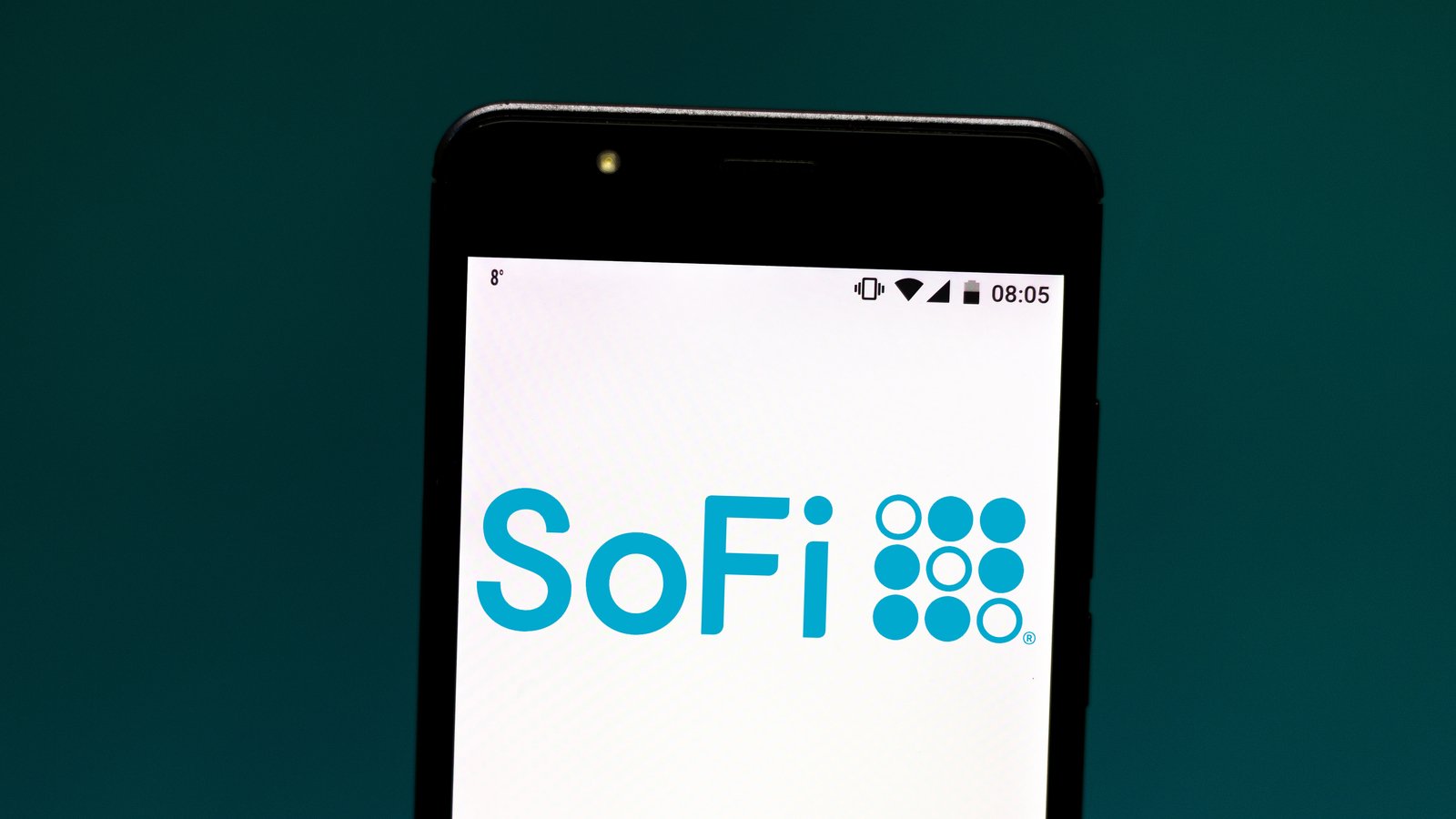SoFi Technologies (NASDAQ:SOFI) is a fintech company seeking to disrupt the traditional banking market. SOFI stock officially launched earlier this year after it completed a merger with one of Chamath Palihapitiya’s special purpose acquisition companies (SPACs).

Out of the gate, SoFi generated a lot of excitement. Unlike some of its fintech rivals, Sofi has already generated a sizable customer base through its student loans that it has offered for many years. Over time, SoFi will look to broaden its product lineup, becoming more of a one-stop shop for younger consumers’ banking needs.
However, it still has a mighty long way to go before it attracts a broad segment of that market. The company’s latest earnings report showed that it continues to generate operating losses. Meanwhile, a number of its key shareholders have decided that it is an opportune time to dump SOFI stock.
Mixed Earnings
Last quarter, the company again reported a per-share loss. It pointed to positive EBITDA as evidence of its success, but that’s a questionable metric in this case.
SoFi is a bank-like institution, after all. Of course, if you exclude interest from a bank’s costs, its bottom line will look good. However, few analysts value banks that way, since financial institutions have to pay depositors for their capital.
Typically, banks pay low interest rates, say 2% on certificates of deposit (CDs), lend to borrowers at a higher rate, and pocket the difference.
It’s meaningless to value SoFi on EBITDA (earnings before interest, taxes, depreciation and amortization) because financial institutions have to pay interest to the account holders.
Valuations in the fintech sector in general have gotten excessive because tech investors are buying the space’s stocks based on price/sales or price/EBITDA multiples on companies. Yet those aren’t the right metrics for financial companies.
SoFi is not a software company. It’s a lending company. Perhaps it has better technology than other banks, but that’s debatable. But as long as lending is its core service, it should be valued based on its earnings. And its earnings remain negative.
SoFi Launches a Secondary Offering
On Monday, SoFi announced that it would carry out a secondary offering of 50 million shares of SOFI stock. The offering is not being conducted in order to raise capital for the company, rather it’s being used to enable existing shareholders to sell their shares.
Among those selling the stock are Softbank, Silver Lake Partners, and the Qatar Investment Authority. SOFI stock dipped on the news, as insiders seemed awfully quick to take profits following the recent earnings report that had lifted the shares last week. It’s worth wondering why Softbank and others are so keen on selling SoFi’s shares if that Q3 earnings report was as good as traders had made it out to be.
SoFi and the Stadium Curse
With insiders unloading SOFT stock, it’s worth reflecting on management’s capital allocation decisions. SoFi agreed to pay more than $600 million, for example, for the naming rights to what is now called SoFi Stadium in Los Angeles. That’s around $30 million per year over the next 20 years to have its name grace that stadium.
You may recall other famous corporate sponsors of stadium that have gone bust. There was Enron Field, Invesco Field, the Adelphia Coliseum, Chesapeake Energy Arena, American Airlines Center and the list goes on. A common thread among many of these were management teams that got too enamored with their own supposed genius and spent big on prestige items instead of actually concentrating on their businesses.
Is SoFi necessarily going to follow the likes of Enron or Chesapeake Energy into bankruptcy simply because it overpaid to put its name on a building? Of course not.
But the move suggests that SoFi’s management team is potentially getting way ahead of itself. SoFi isn’t profitable yet, and insiders seemed pretty eager to sell stock the moment that the shares popped.
While SoFi’s core business model remains unproven, the company apparently has plenty of money to drop on a vanity marketing expense. That’s generally not a good recipe for long-term shareholder returns.
The Verdict on SOFI Stock
SoFi Technologies may one day grow to be a large bank with respectable profits. But today it is not anything remotely close to that.
For comparison’s sake, regional bank Umpqua Holdings (NASDAQ:UMPQ) generates $1 billion in annual revenues, which is equal to SoFi’s top line.
Umpqua converts nearly half of that, or $480 million, into net income, whereas SoFi loses money. UMPQ stock trades at a trailing P/E of less than ten times and has a 4.% dividend yield. Despite those advantages, Umpqua has a market capitalization of just $4.6 billion versus SoFi’s nearly $19 billion market capitalization.
Does that make Umpqua or other cheap regional bank stocks a buy today? Not necessarily. But they’re arguably much better prospects than a firm like SoFi which has a huge valuation and little to show for it other than a stadium named in its honor.
On the date of publication, Ian Bezek did not have (either directly or indirectly) any positions in the securities mentioned in this article. The opinions expressed in this article are those of the writer, subject to the InvestorPlace.com Publishing Guidelines.
Ian Bezek has written more than 1,000 articles for InvestorPlace.com and Seeking Alpha. He also worked as a Junior Analyst for Kerrisdale Capital, a $300 million New York City-based hedge fund. You can reach him on Twitter at @irbezek.
